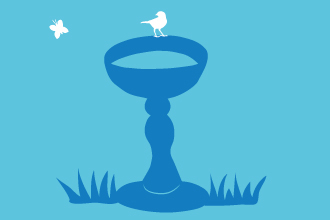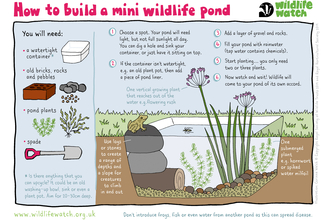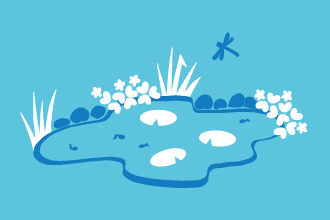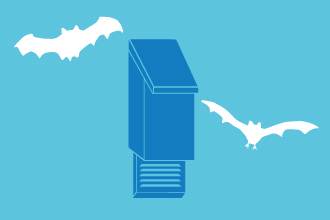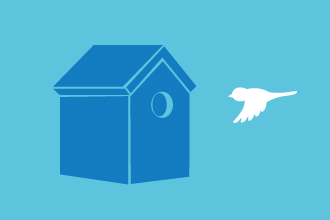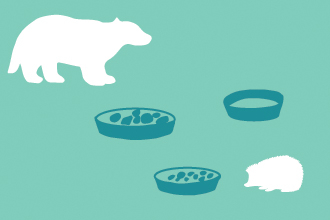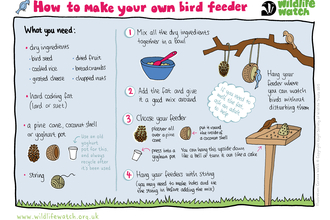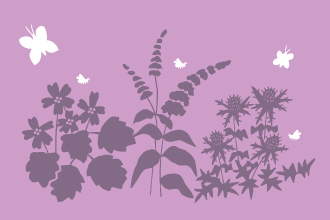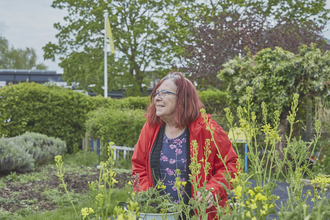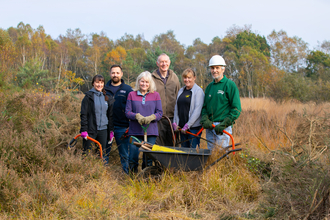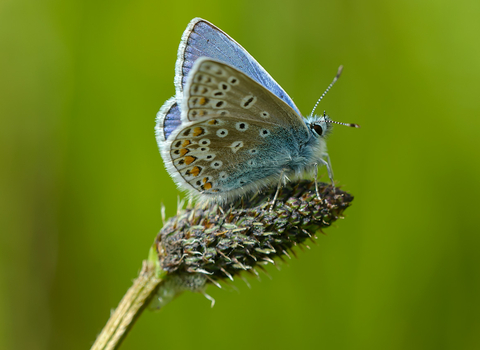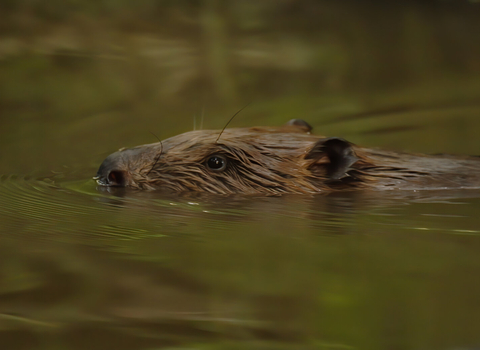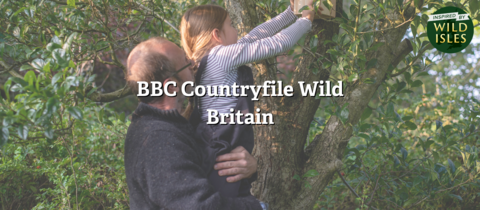
Will you become a nature champion?
We are one of the most nature depleted countries in the world, and whilst we may have some amazing wildlife in this country it’s sadly in crisis: more than 40% of UK species populations have declined since the 1970s and a quarter of British mammals are at risk of extinction.
Wildlife needs you more than ever before. We want you to become a nature champion and choose an action to give wildlife a boost whether that’s making a bog garden to feeding the birds, creating hedgehog homes or mini beast hotels, everyone can help in their own way, no matter what size of space you have. Whatever you choose to do, please add your action to BBC Countryfile Wild Britain map.
Help us reach a million acts of kindness for nature. Inspired by Sir David Attenborough’s Wild Isles, Wild Britain’s aim is to support and celebrate our amazing wildlife.
Water for wildlife - BBC Countryfile Wild Britain this week
Animals need water to survive; by providing water for a drink, or a dip you’ll help a host of wildlife from birds to bees, and colourful damselflies. Create a wildlife pond for newts, frogs and toads, and hedgehogs might also drop by for a drink.
We can also help wildlife by using less water. The less water we use the more stays in our ecosystems for animals like otters, water voles, herons and fish.
Wildlife homes
We all need a home, but some of our best-loved species, including hedgehogs, and water voles are losing theirs because of habitat destruction. House sparrows and swifts are losing homes because new buildings often don’t have space under the eaves for nesting. Offer a des-res by putting up bird boxes, leaving leaf piles for hedgehogs, or make a mini beast hotel for those all-important insects. Planting wildlife friendly hedges and shrubs and growing ivy makes cosy nesting spaces for birds.
Feeding stations
By leaving food out for wildlife every now and then you can help species like hedgehogs and badgers and lots of different birds; but don’t forget to regularly clean bird feeders. Extra food helps wildlife survive when natural supplies are scarce. Turn your garden into a natural larder garden by growing plants and shrubs with fruit, berries, hips, seeds and nuts. Nectar and pollen-rich wildflowers, like honeysuckle and foxglove will feed butterflies and bees, and keeping a dead wood pile is great for insects, which in turn are an important food for lots of wildlife.
Volunteer
There are plenty of ways you can donate your skills and time to look after wildlife! Opportunities include beach cleans, community gardening, species surveying, - from recording butterflies to looking for otters, caring for nature reserves, plant identification and GPS mapping. Also in some areas, there are opportunities for Young Rangers (13 -18 years). Find an opportunity near you.
Further inspiration
More ways to help wildlife and connect with nature.

